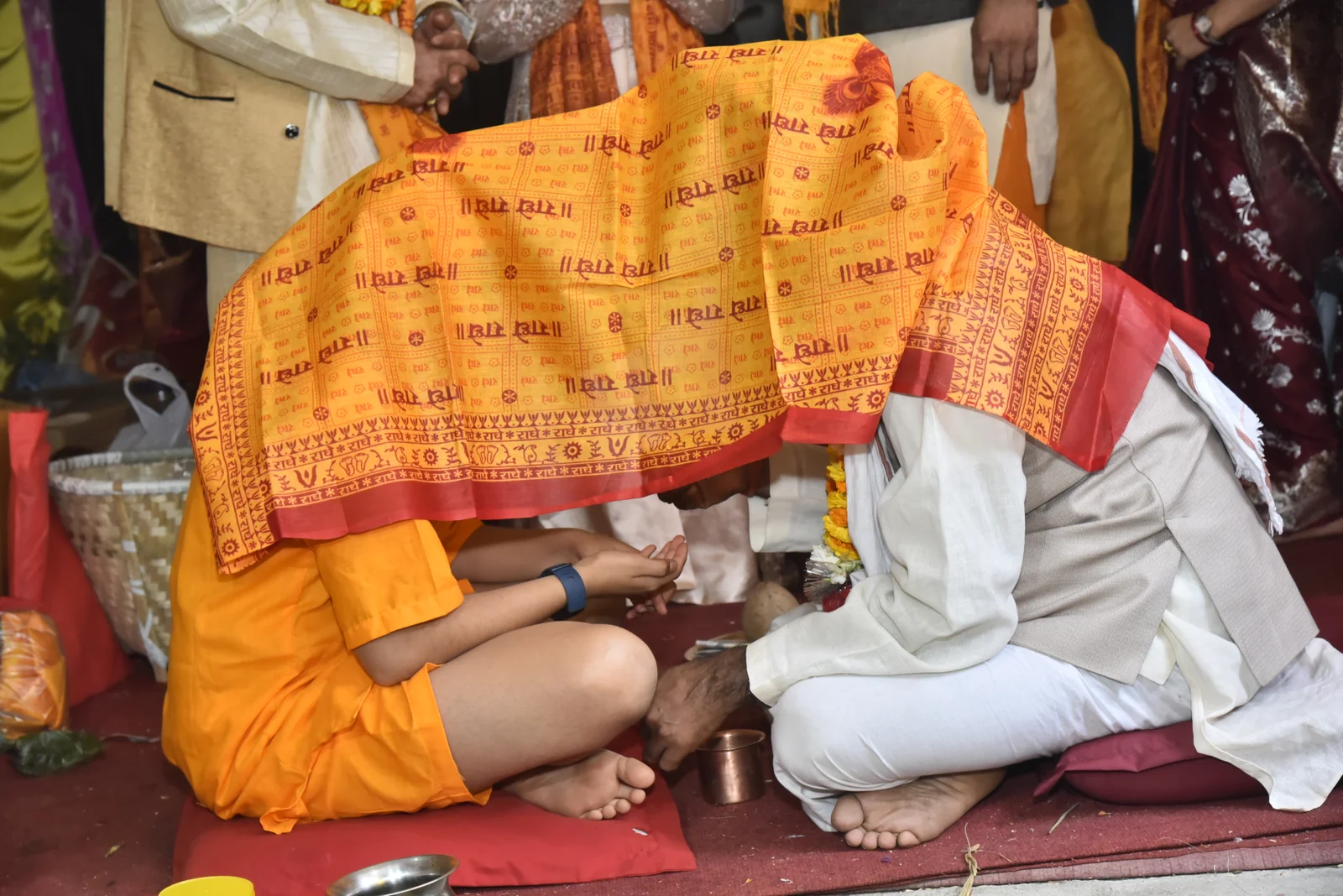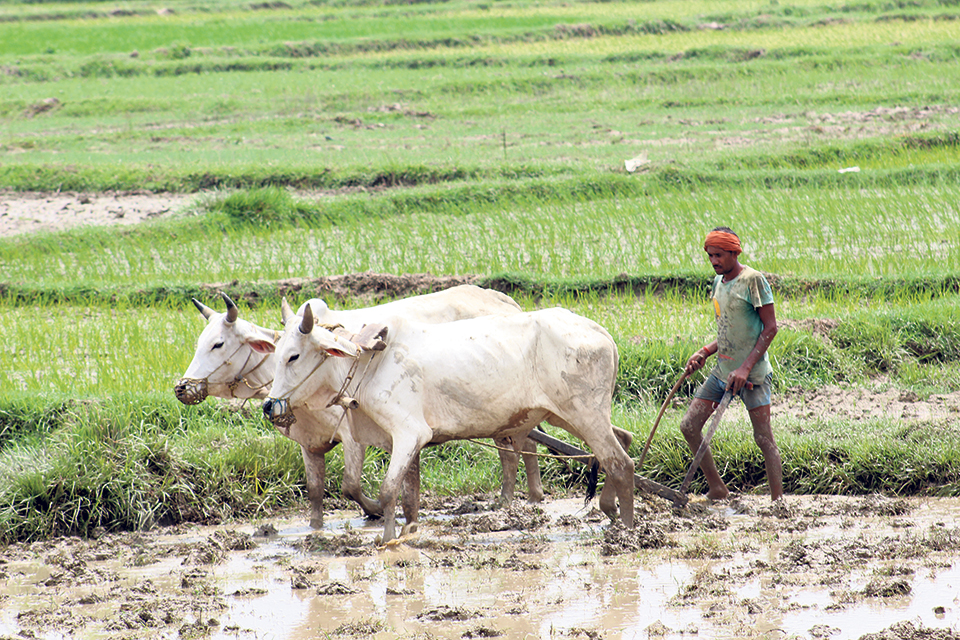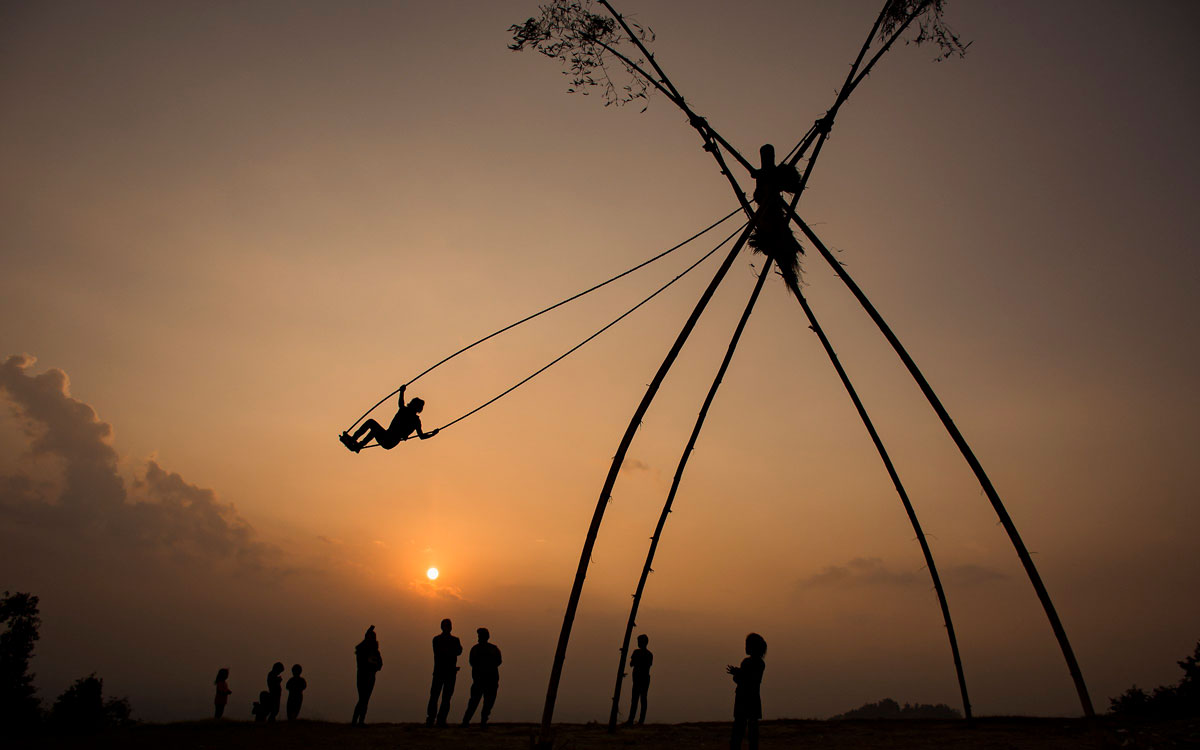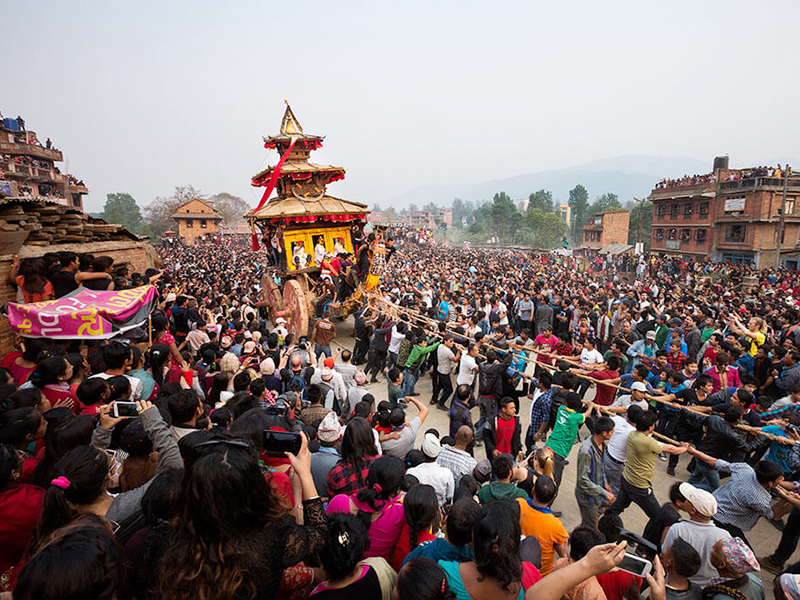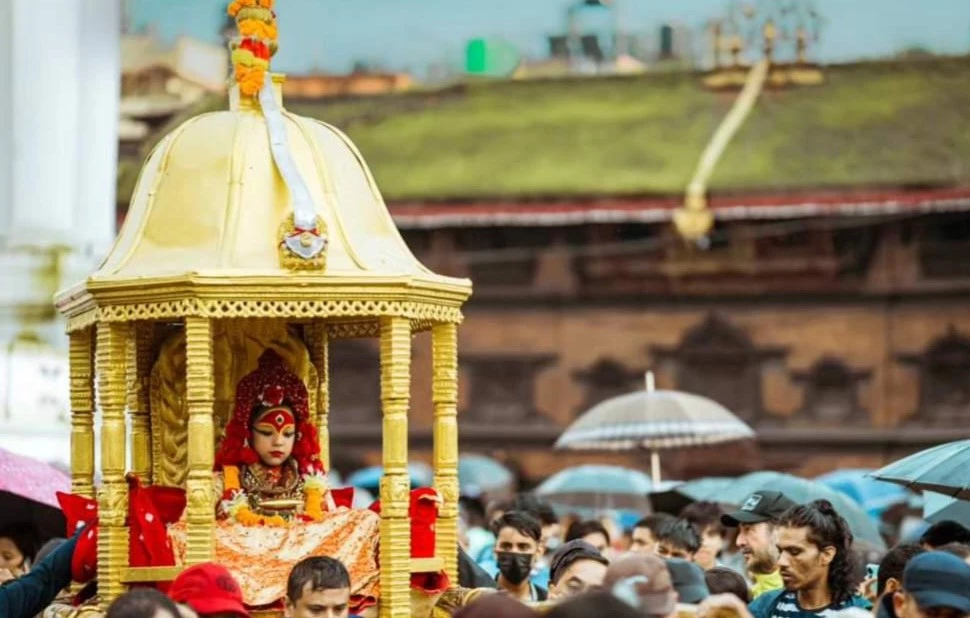Share this Article
Introduction
In many Indian and Nepalese cultures, festivals are not just occasions for celebration but also moments steeped in tradition and culinary heritage. Each festival is marked by specific rituals, prayers, and, importantly, the preparation of special foods that hold symbolic meaning. One such cherished offering is Kasaar, a simple yet delightful treat made from basic ingredients. It is often prepared during auspicious occasions, embodying the spirit of togetherness and gratitude that characterizes these celebrations.
Growing up, I witnessed my mother preparing Kasaar with ease, transforming basic pantry staples into a sweet that filled our home with warmth and nostalgia. The act of making Kasaar on festival days became a comforting ritual, connecting me to my roots and family traditions. As I now live independently, the preparation of this sweet treat serves as a bridge to my childhood, evoking memories of family gatherings and the joy of sharing food with loved ones.
In Nepal, Kasaar takes on an even deeper significance, especially during wedding ceremonies. Known as Kasaar Batarne Din, this day is dedicated to the preparation of Kasaar, where women from the wedding family and the community gather to create these sweet treats. The atmosphere is filled with laughter, camaraderie, and joy, making the preparation of Kasaar a community affair. This not only strengthens familial bonds but also fosters a sense of unity within the community, as everyone comes together to participate in this cherished tradition.
As we delve into the recipe and cultural context of Kasaar, we will explore how this simple offering encapsulates the essence of celebration, community, and the rich culinary heritage of Indian and Nepalese cultures.
The Significance of Kasaar
Kasaar holds a special place in the hearts of many, particularly during festivals like Poornmashi (full moon days) and various poojas (prayers). Growing up, I witnessed my mother preparing this sweet offering with ease, and it became a comforting reminder of home, especially now that I live independently. The act of making Kasaar on festival days brings back fond memories of my childhood, where food was a central aspect of our celebrations.
In Nepal, Kasaar takes on an even deeper meaning, especially during wedding ceremonies. Known as Kasaar Batarne Din, this day is dedicated to the preparation of Kasaar, where women from the wedding family and the community gather to create these sweet treats. The atmosphere is filled with laughter, camaraderie, and joy, making the preparation of Kasaar a community affair.
The Recipe for Kasaar
Ingredients
Making Kasaar is straightforward and requires minimal ingredients, making it accessible for anyone to prepare. Here’s what you’ll need:
- 1/2 cup Aata (whole wheat flour)
- 1/2 tablespoon Ghee (clarified butter)
- 2 tablespoons Granulated Sugar (adjust to taste)
- 1-2 pods Cardamom (pounded)
- Optional: Fresh fruits like banana, mango, apple, or pear
- Optional: Mixed nuts like almonds, cashews, or raisins
Equipment Needed
- A heavy-bottomed Kadhai (pan) or saucepan
- A mortar and pestle for grinding cardamom
Method
1. Roasting the Flour
The key to a successful Kasaar lies in the proper roasting of the flour. Start by placing a heavy-bottomed Kadhai on medium heat and adding the ghee. Allow it to melt completely. While the ghee melts, measure out the whole wheat flour.
Once the ghee is melted, add the flour to the Kadhai and stir continuously. Initially, the mixture may appear lumpy, but as you stir, the ghee will evenly coat the flour, leading to a uniform texture. This process should take about 2 minutes.
Roasting Tip: Keep an eye on the heat; if the mixture starts to brown too quickly, lower the flame. Stirring constantly is crucial to prevent uneven cooking and burning. Aim for an even golden-brown color, which should take about 8-10 minutes in total.
2. Adding Flavor and Texture
While the flour is roasting, pound the cardamom in the mortar and pestle until it reaches a coarse consistency. Add the cardamom to the Kadhai along with any nuts you wish to include. Continue roasting the mixture for an additional 7-10 minutes until it achieves a golden-brown hue.
Once satisfied with the color and aroma, remove the Kadhai from the heat and let the mixture cool. If you prefer a lighter color, transfer it to a plate to cool down more quickly.
3. Sweetening the Kasaar
After allowing the roasted flour to cool for 5-7 minutes, add the granulated sugar and mix thoroughly. Adjust the sugar according to your taste preference.
Next, prepare the fresh fruits. Wash and dice apples, peel and cut mangoes, and slice bananas into bite-sized pieces.
4. Final Assembly
Add the chopped fruits to the roasted Kasaar mixture and gently fold them in, ensuring they are well-coated with the flour and sugar blend. Serve the Kasaar in small bowls or traditional pattals (leaf cups), perfect for sharing during festivals or gatherings.
The Cultural Context of Kasaar
Kasaar in Indian Festivals
In Indian culture, festivals are often marked by specific rituals and offerings. The lunar calendar plays a crucial role in determining auspicious days for various celebrations. On these days, the preparation of Kasaar becomes a cherished activity, symbolizing gratitude and devotion.
Kasaar is typically distributed as prashad (offering) after prayers, reinforcing the idea of sharing blessings with loved ones and the community. The act of making Kasaar not only connects individuals to their cultural roots but also fosters a sense of belonging and continuity across generations.
The Nepali Tradition of Kasaar
In Nepal, the tradition of making Kasaar during weddings is particularly significant. The day dedicated to preparing Kasaar, known as Kasaar Batarne Din, is a vibrant celebration filled with joy and communal spirit. Women gather to prepare the sweet treat, creating a festive atmosphere that strengthens bonds within families and neighborhoods.
The preparation process is often accompanied by songs, laughter, and storytelling, making it a memorable event. The resulting Kasaar, though hard in texture, is beloved for its sweetness and the effort that goes into making it. Its hardness is considered a unique characteristic, and it is often made into small, tight balls that require effort to eat, adding to its charm.
The Evolution of Kasaar
As times change, so do food practices. While traditional methods of preparing Kasaar remain popular, modern adaptations have emerged. Some people experiment with different ingredients, such as adding dried fruits or varying the types of nuts used. This evolution reflects the adaptability of cultural practices while maintaining their core essence.
However, it is essential to note the shift from using biodegradable materials like pattals to plastic or Styrofoam cups for serving prashad. This change poses challenges to environmental sustainability and the preservation of traditional practices.
Conclusion
Kasaar is more than just a sweet offering; it is a symbol of tradition, community, and the joy of sharing. Whether prepared during festivals or special occasions, this simple treat evokes memories of home and familial bonds. The act of making Kasaar connects individuals to their cultural heritage, fostering a sense of belonging and continuity.
As we celebrate festivals and honor our traditions, let us also strive to preserve the essence of these practices, ensuring that future generations can experience the warmth and joy that comes from making and sharing Kasaar. Through this sweet offering, we not only nourish our bodies but also our spirits, keeping alive the rich tapestry of our cultural identity.
Categories:
Culture & Traditions
Tags:
KasaarCulture
,
FestivalFoodsNepal
,
TraditionalSweets


